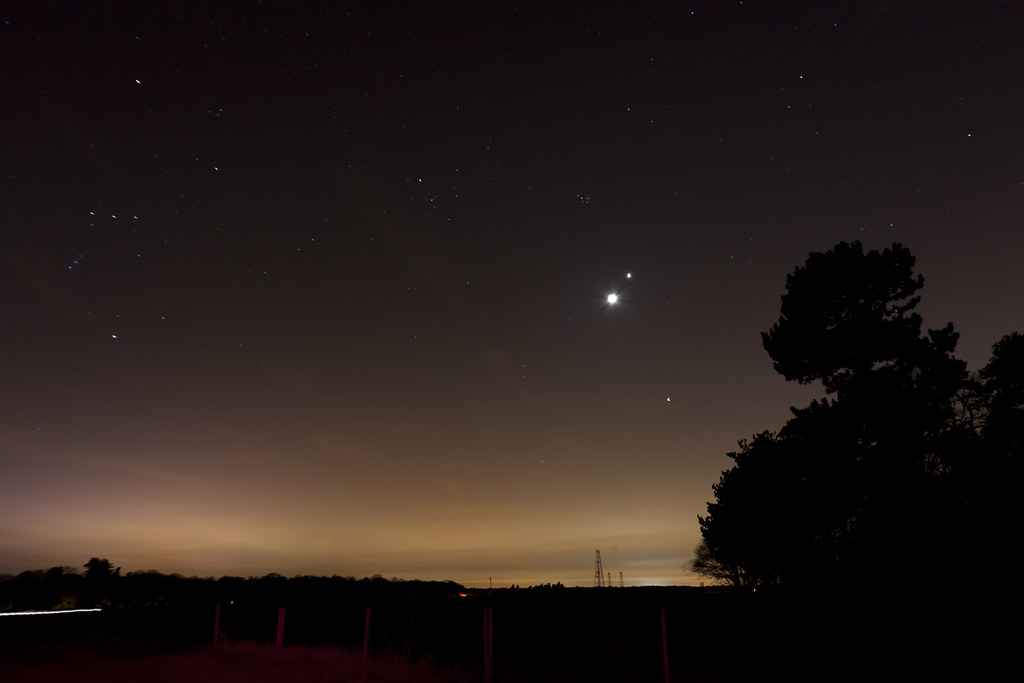Soldato
- Joined
- 10 Mar 2006
- Posts
- 3,975
Pretty amazing series of photos here all nicely wrapped up in a narrated animation:
http://www.bbc.co.uk/news/science-environment-19637073
Fireflies dancing beneath the stars, the last transit of Venus for 105 years and giant swirling galaxies deep in space. The 2012 Astronomy Photographer of the Year competition has produced some awe-inspiring images.
Take a journey through the night sky with two of the nine judges - Chris Lintott who is best known as co-presenter of the BBC's The Sky at Night, and Olivia Johnson from the Royal Observatory Greenwich.
http://www.bbc.co.uk/news/science-environment-19637073




